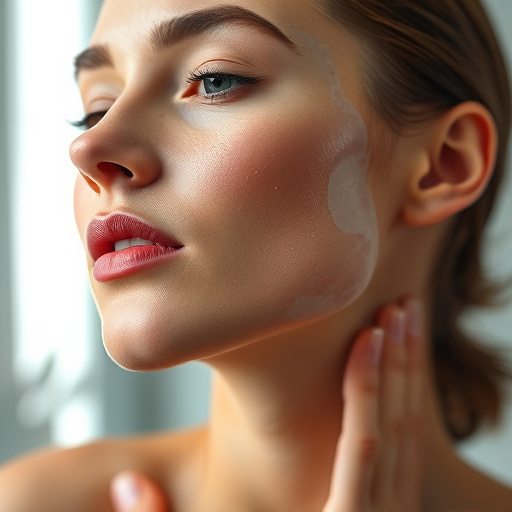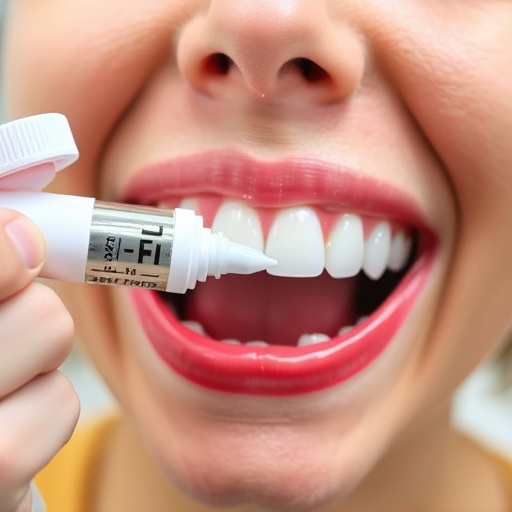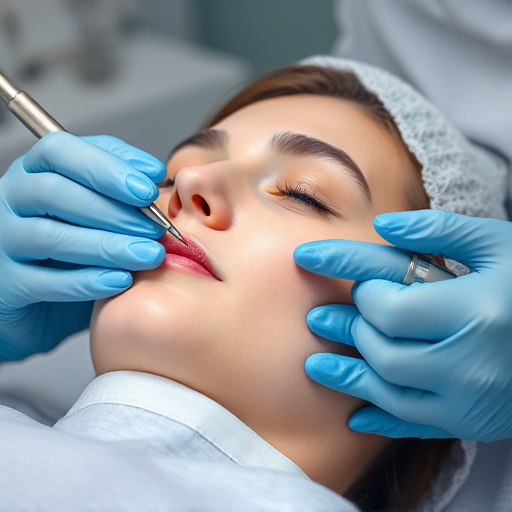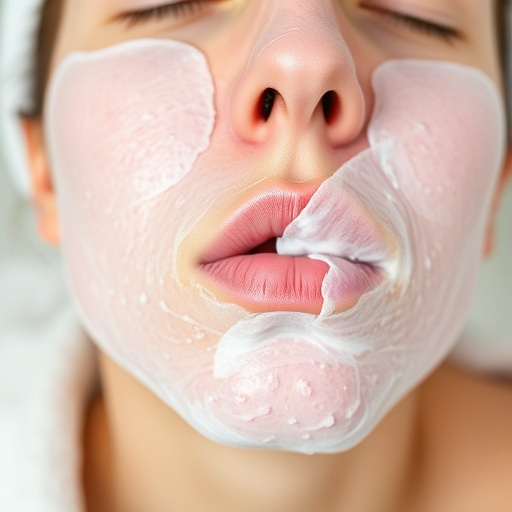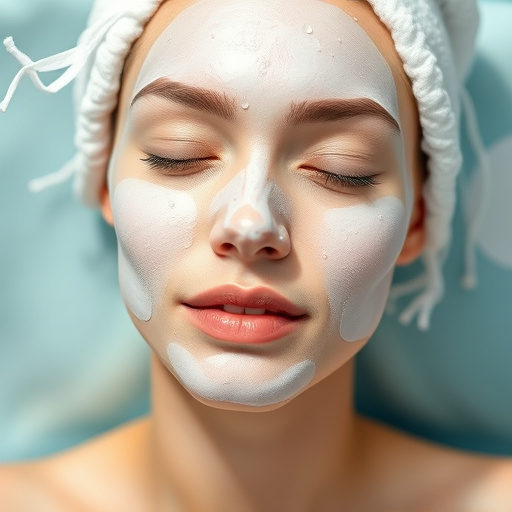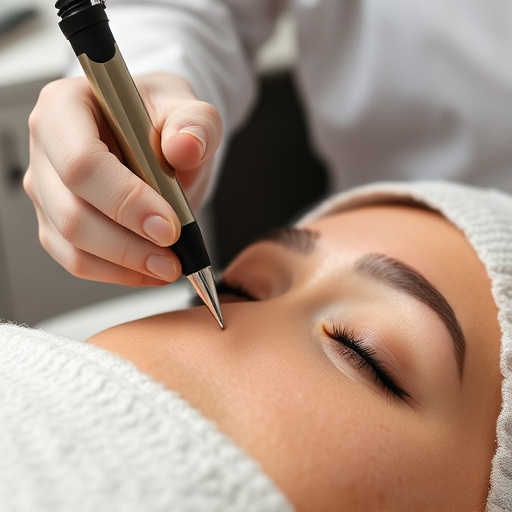Salicylic acid peels offer significant skincare benefits but carry risks, especially for sensitive skin. Overuse symptoms include redness, irritation, and peeling. Beginners should start with low concentrations, gradually increasing. Proper preparation, personalized approaches, and regular consultations with professionals are key to safe and effective salicylic acid peel treatments.
Wondering if a salicylic acid peel is too strong? Delve into this guide to uncover the signs and learn how to safely navigate these potent treatments. Salicylic acid peels offer numerous benefits, from exfoliation to acne reduction, but overuse or incorrect application can lead to irritation. Understand the potential risks, recognize early warning signs, and discover expert tips for customizing your peel for optimal results while minimizing negative reactions.
- Understanding Salicylic Acid Peels: Benefits and Risks
- Recognizing Signs of Overuse or Irritation
- Tips for Safe Application and Customization
Understanding Salicylic Acid Peels: Benefits and Risks

Salicylic acid peels are a popular professional skincare treatment used to improve skin texture and appearance. This procedure involves applying a concentrated solution of salicylic acid to the skin, which helps to exfoliate dead skin cells, unclog pores, and stimulate new cell growth. The benefits are numerous; it can reduce the appearance of fine lines and wrinkles, treat acne-prone skin by clearing blockages, and even out skin tone. However, understanding that salicylic acid peels carry risks is crucial before undergoing any such procedure.
While generally safe when administered by a trained professional, stronger salicylic acid peels, often used for more severe skin concerns, can lead to adverse effects. These may include temporary redness, irritation, peeling, and in rare cases, more serious complications. Individuals with sensitive skin or those considering treatments like laser hair removal might want to opt for gentler chemical peels or consult a dermatologist to determine the right strength for their needs, ensuring a safe and effective salicylic acid peel experience.
Recognizing Signs of Overuse or Irritation

If you’ve been considering a salicylic acid peel for your skin concerns, recognizing signs of overuse or irritation is crucial to ensure safe and effective results. While salicylic acid peels are powerful tools for exfoliation and clearing acne, excessive use can lead to unwanted side effects. Keep an eye out for any redness, swelling, stinging, or burning sensation after the treatment—these could indicate that the peel is too strong for your skin.
Additionally, watch for flaking or peeling of the skin, which might suggest over-drying. Your face may also feel tight and irritated post-peel. If you experience any of these symptoms persistently or with increasing intensity, it’s a clear sign that your salicylic acid peel is too strong. It’s important to remember that facial treatments should leave your skin feeling refreshed, not stripped or overly sensitive. Consider scaling back the strength or frequency of your peels and consult a dermatologist for guidance if concerns persist.
Tips for Safe Application and Customization

When applying a salicylic acid peel, safety is paramount. Always start with a lower concentration recommended by a dermatologist or esthetician, especially if it’s your first time. Gradually increasing the strength can help prevent irritation and discomfort. Before application, thoroughly cleanse your skin to remove any makeup, oil, or debris. Dry your face gently and apply a thin layer of the peel, avoiding sensitive areas like the eyes, mouth, and nasal passages.
For personalized results, consider factors like your skin type and condition. Oily or acne-prone skin may benefit from stronger concentrations, while dry or sensitive skin should stick to milder options. Regularly consulting with a professional at a medical spa service can help you find the ideal balance for achieving desired effects, such as pore refinement, without causing any adverse reactions. Remember, customization is key to safe and effective chemical peels.
While salicylic acid peels offer numerous benefits for skin rejuvenation, recognizing when a treatment is too strong is crucial. Overuse or irritation can lead to redness, peeling, and even damage to healthy skin cells. By understanding the signs of an overly aggressive peel and following safe application tips, you can tailor the treatment to your skin’s needs, ensuring optimal results with minimal risk. Always remember that moderation is key when it comes to chemical peels, and consulting a dermatologist for personalized advice is always recommended.
